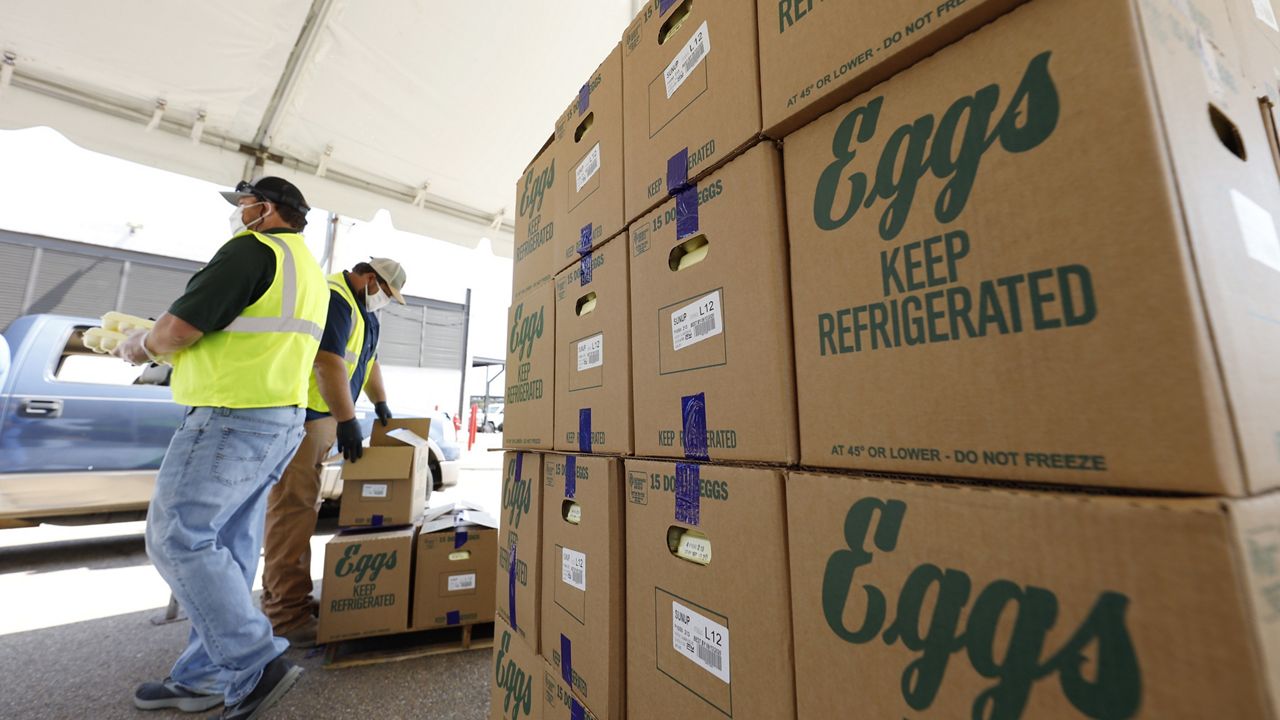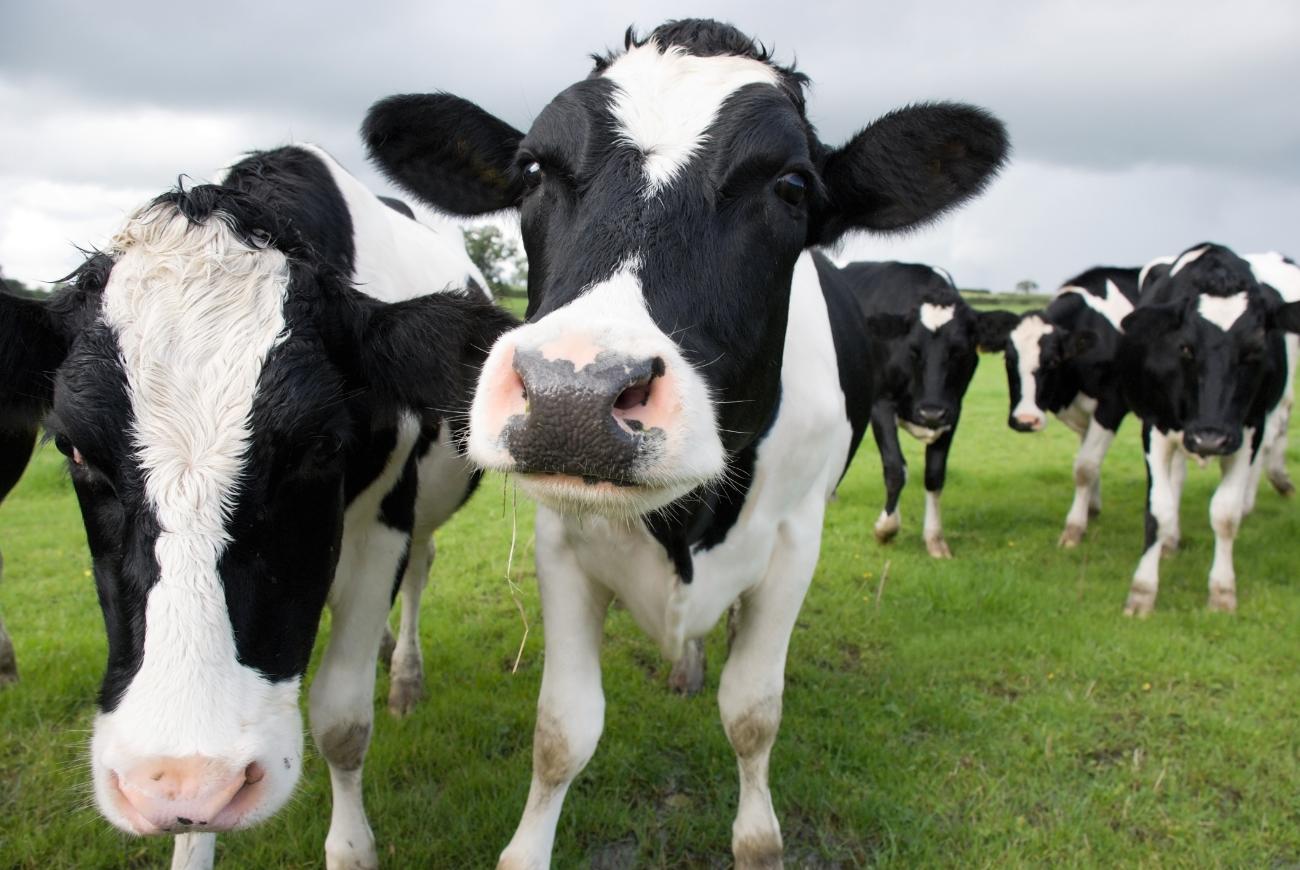Ag commissioner says chickens destroyed to prevent bird flu spread being replaced
BY ERIN DAVIS TEXAS
UPDATED 10:48 AM CT APR. 11, 2024 PUBLISHED 10:13 AM CT APR. 11, 2024
TEXAS —
...
The disease struck about 40% of dairy cows in the Panhandle, where 82% of the state’s milk is produced. Infected cows have stopped producing milk.
“The trick is, how do we return them back to their previous state of milk production?” said Darren Turley with the Association of Dairymen.
He says infected cows receive probiotics and electrolytes, but once a cow is no longer infected, it doesn’t always immediately resume milk production.
“If we have a cow that's not pregnant, and not giving any milk, it's very, very hard for us to make that work to keep that animal to pay for that animal,” Turley said.
...
BY ERIN DAVIS TEXAS
UPDATED 10:48 AM CT APR. 11, 2024 PUBLISHED 10:13 AM CT APR. 11, 2024
TEXAS —
...
The disease struck about 40% of dairy cows in the Panhandle, where 82% of the state’s milk is produced. Infected cows have stopped producing milk.
“The trick is, how do we return them back to their previous state of milk production?” said Darren Turley with the Association of Dairymen.
He says infected cows receive probiotics and electrolytes, but once a cow is no longer infected, it doesn’t always immediately resume milk production.
“If we have a cow that's not pregnant, and not giving any milk, it's very, very hard for us to make that work to keep that animal to pay for that animal,” Turley said.
...










Comment